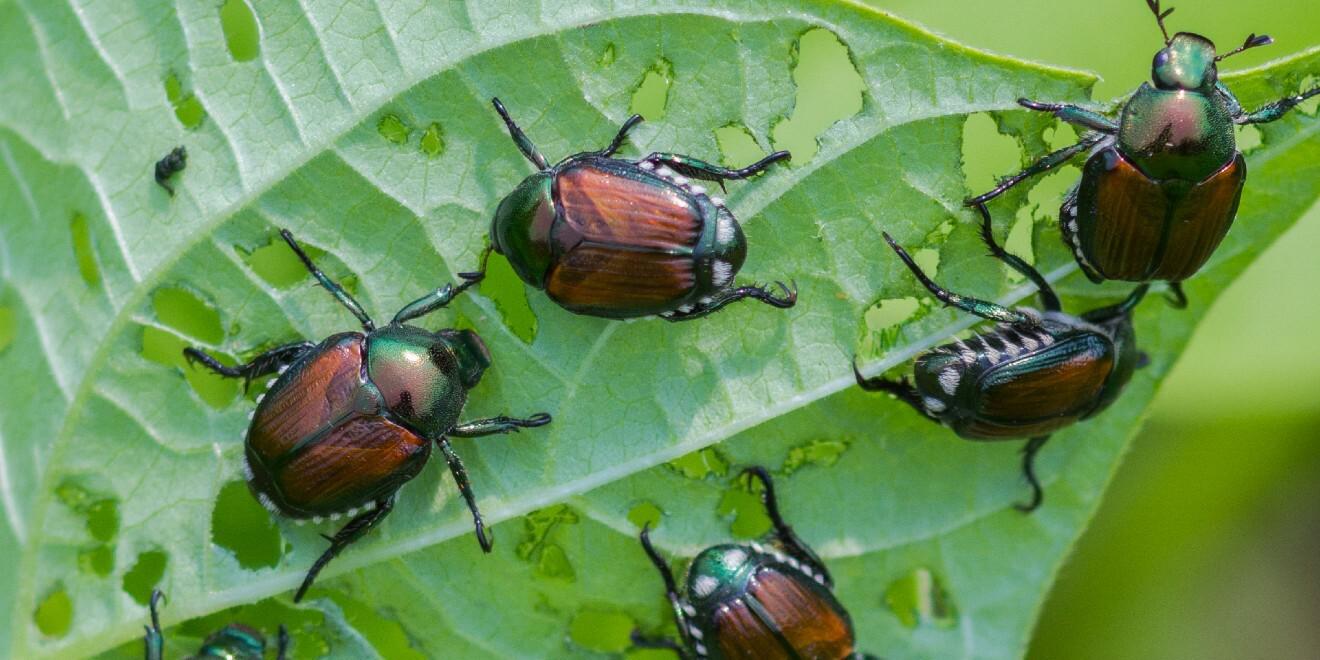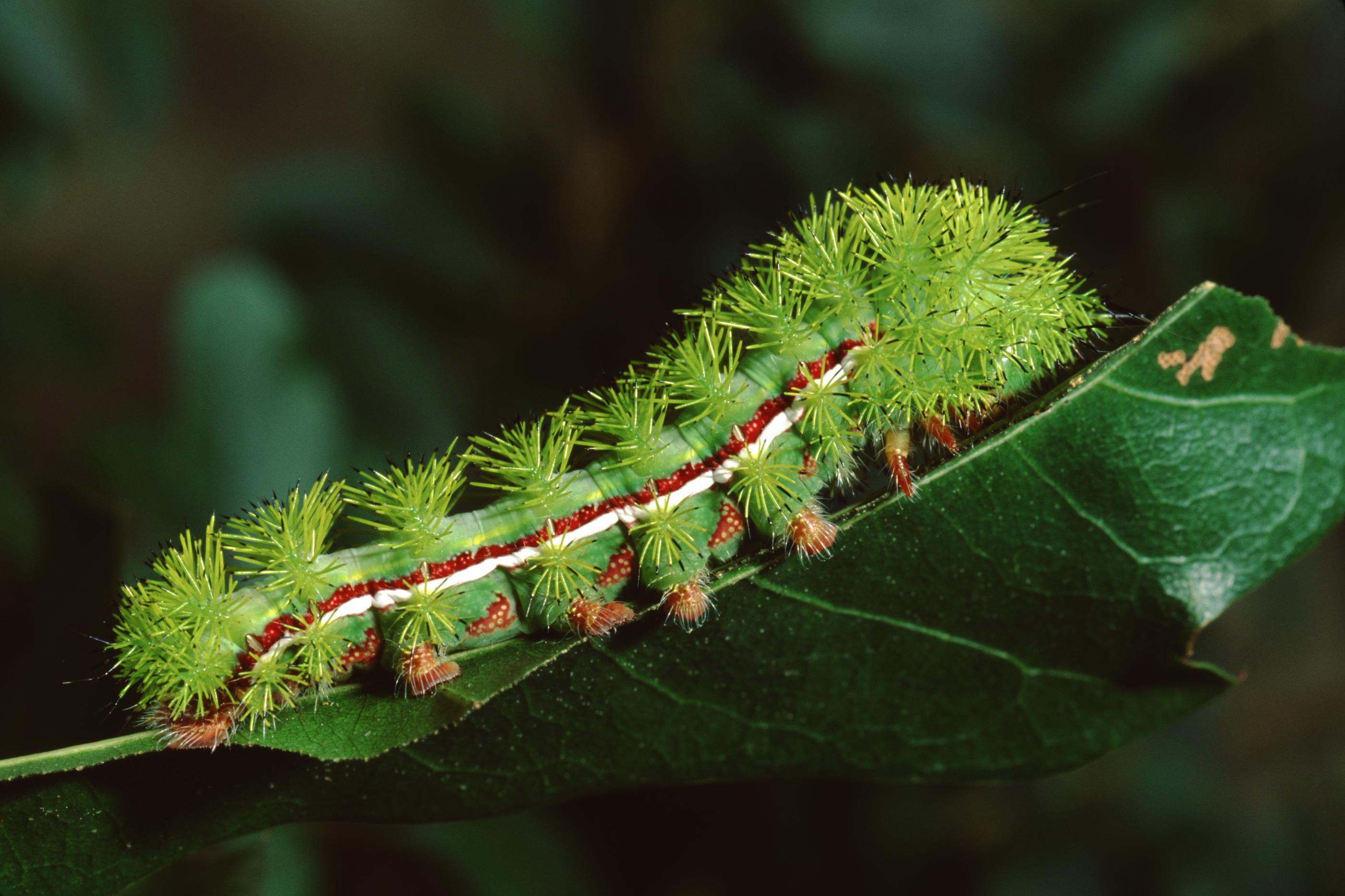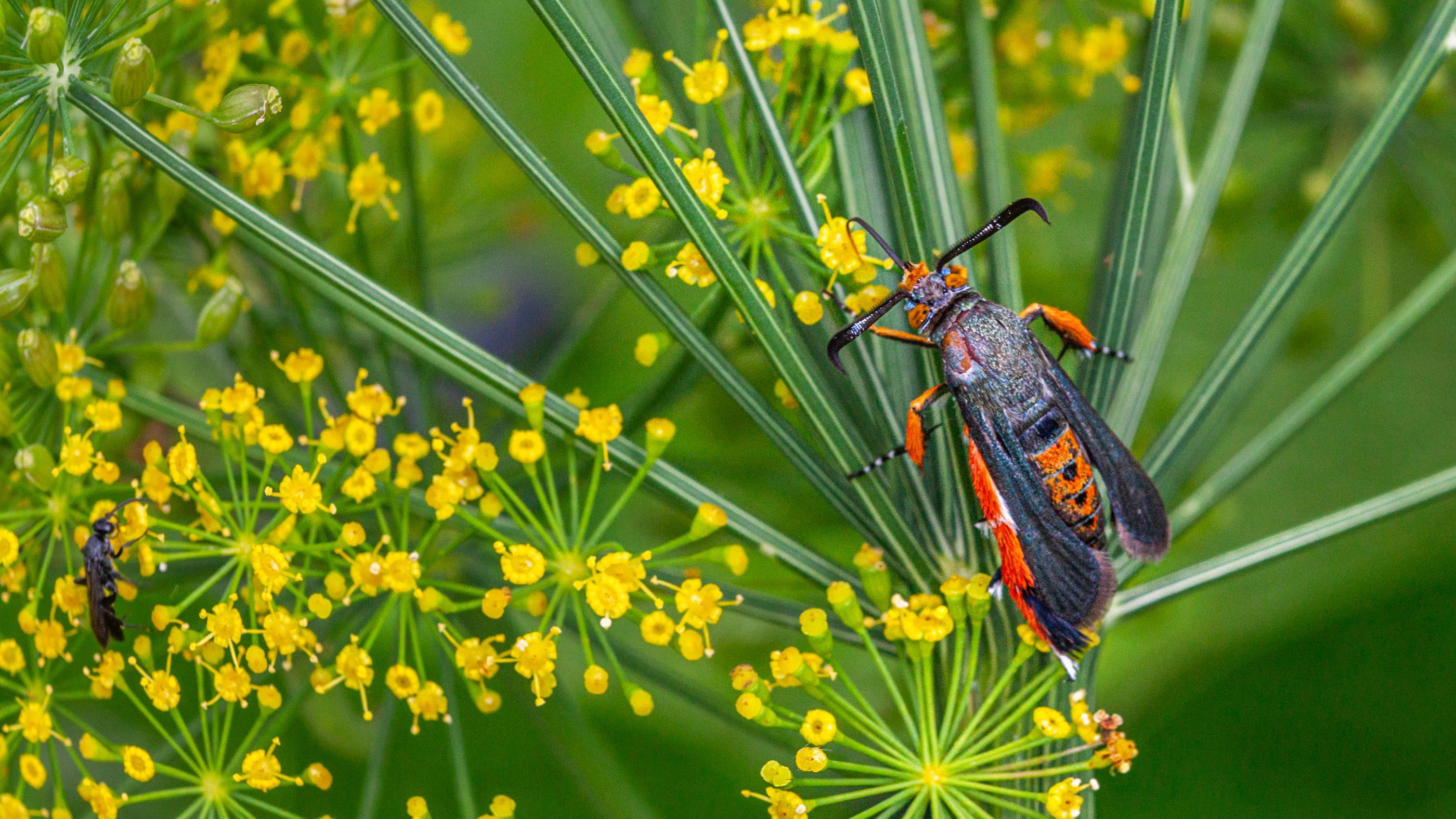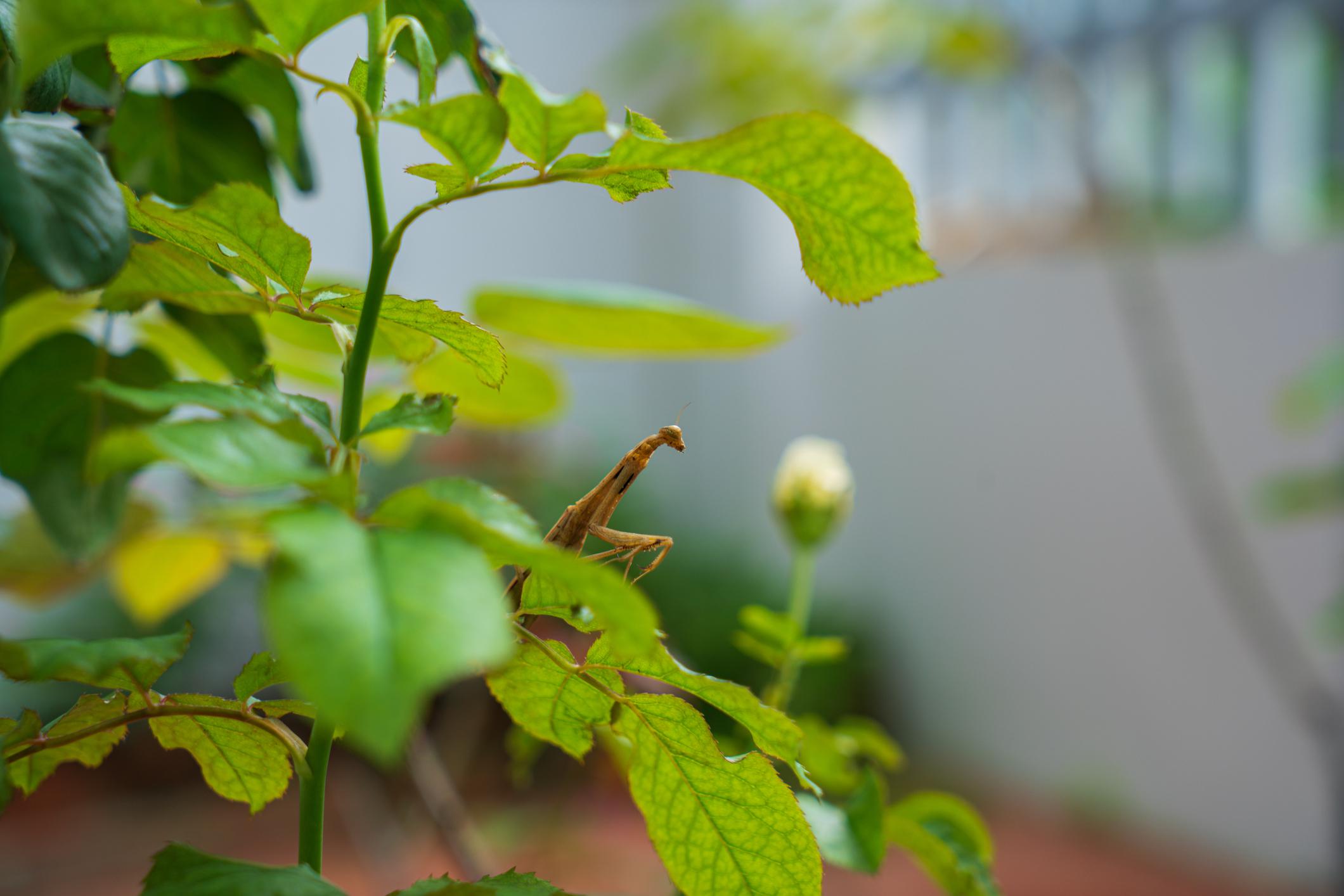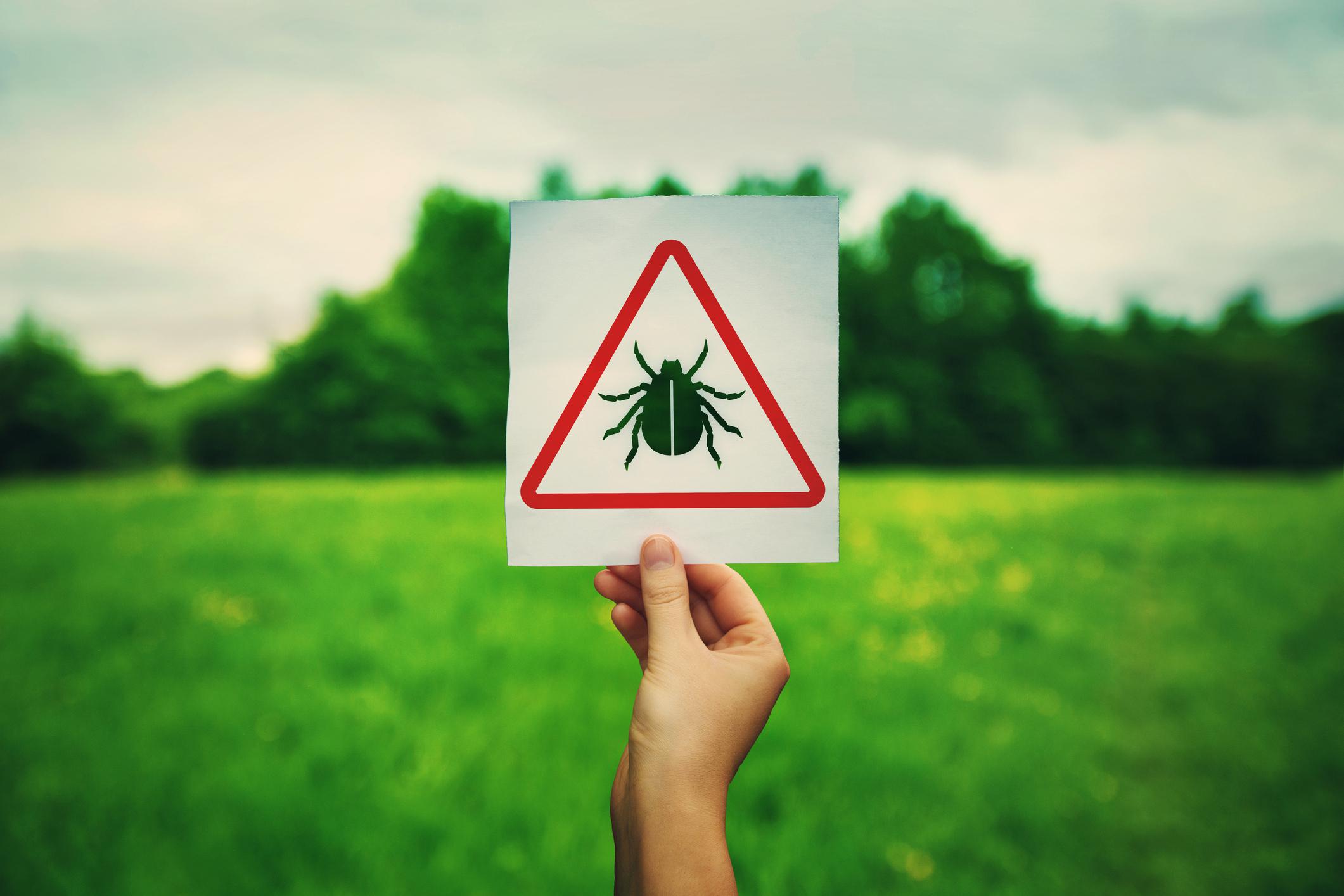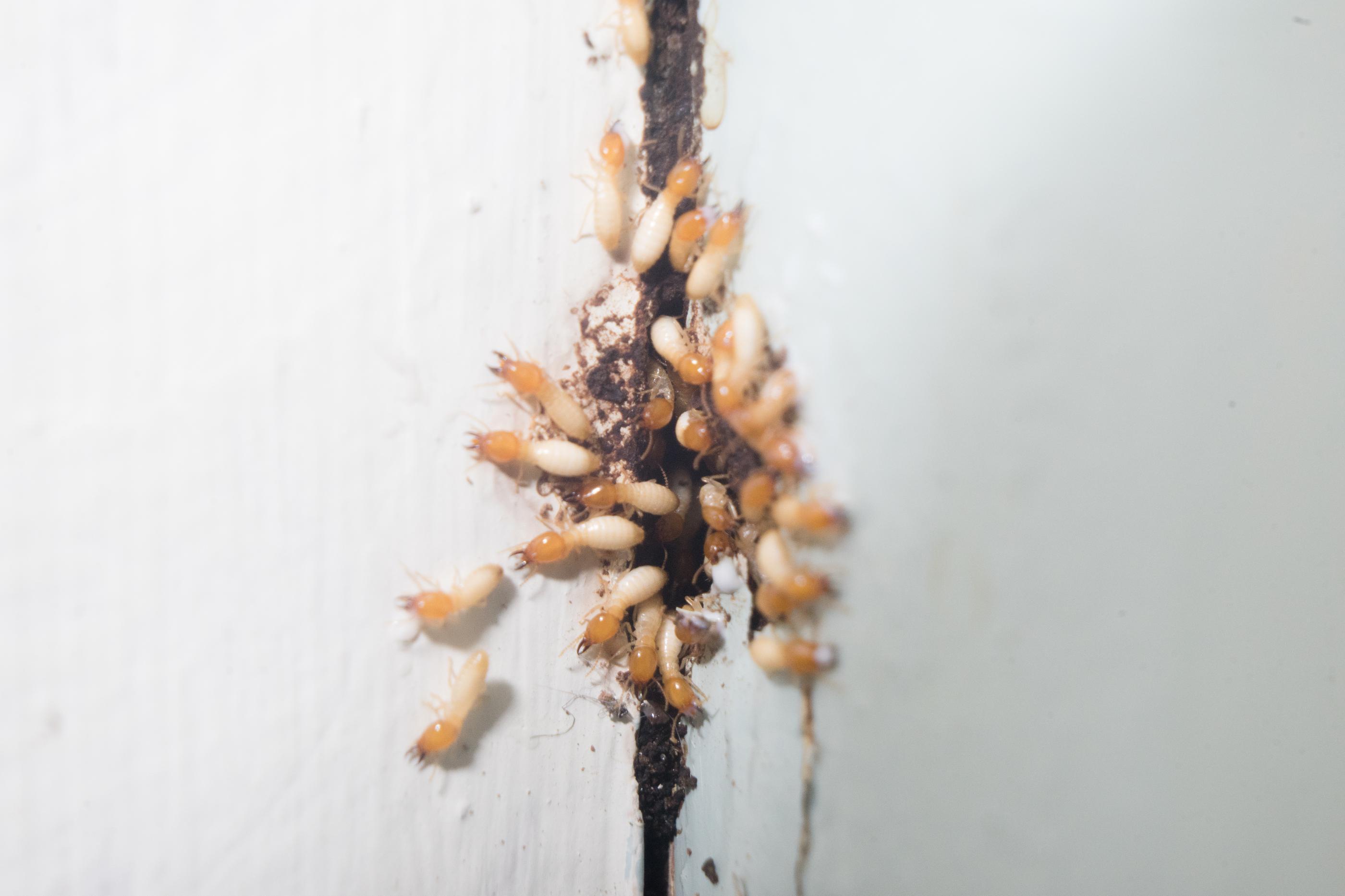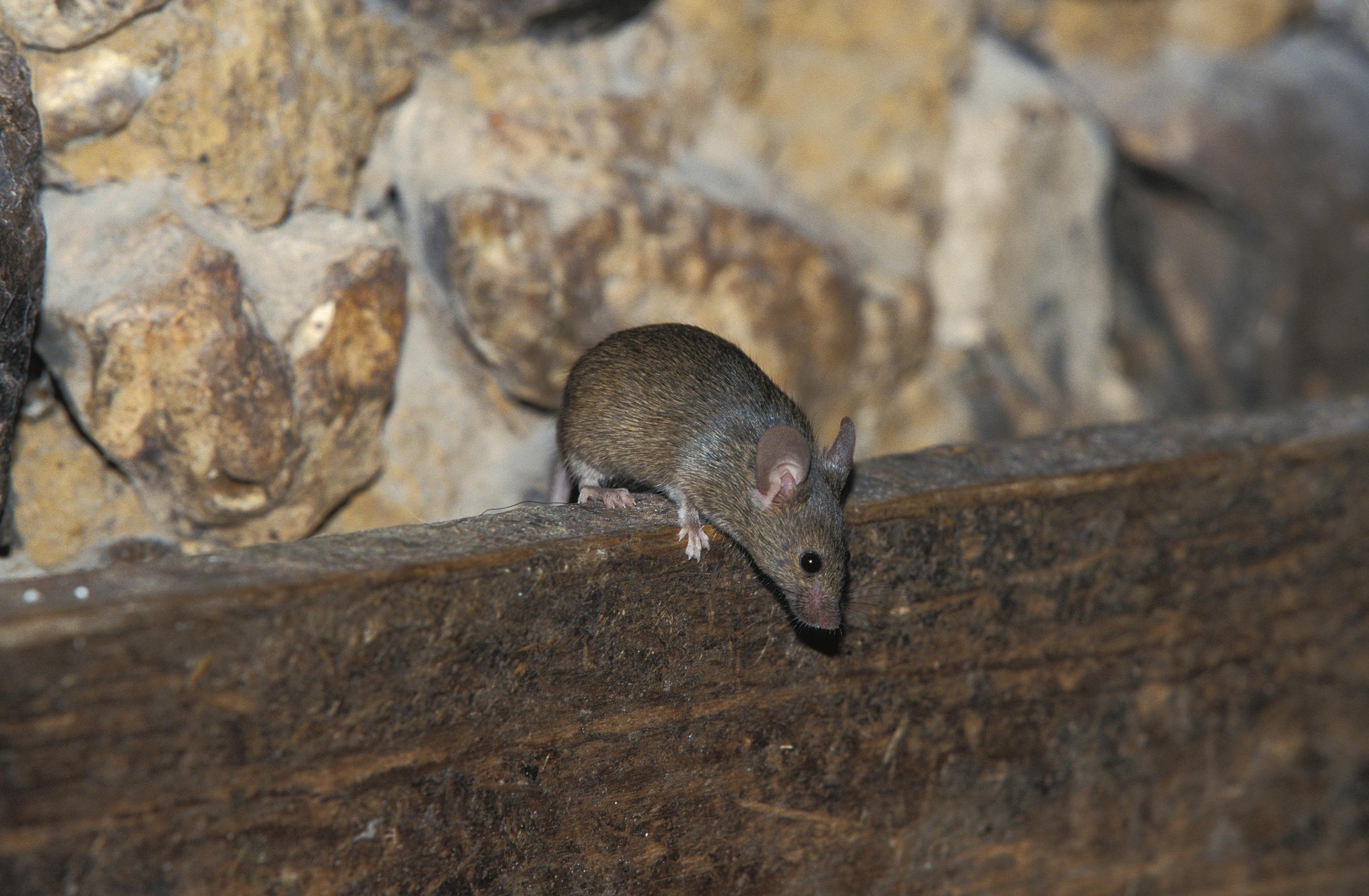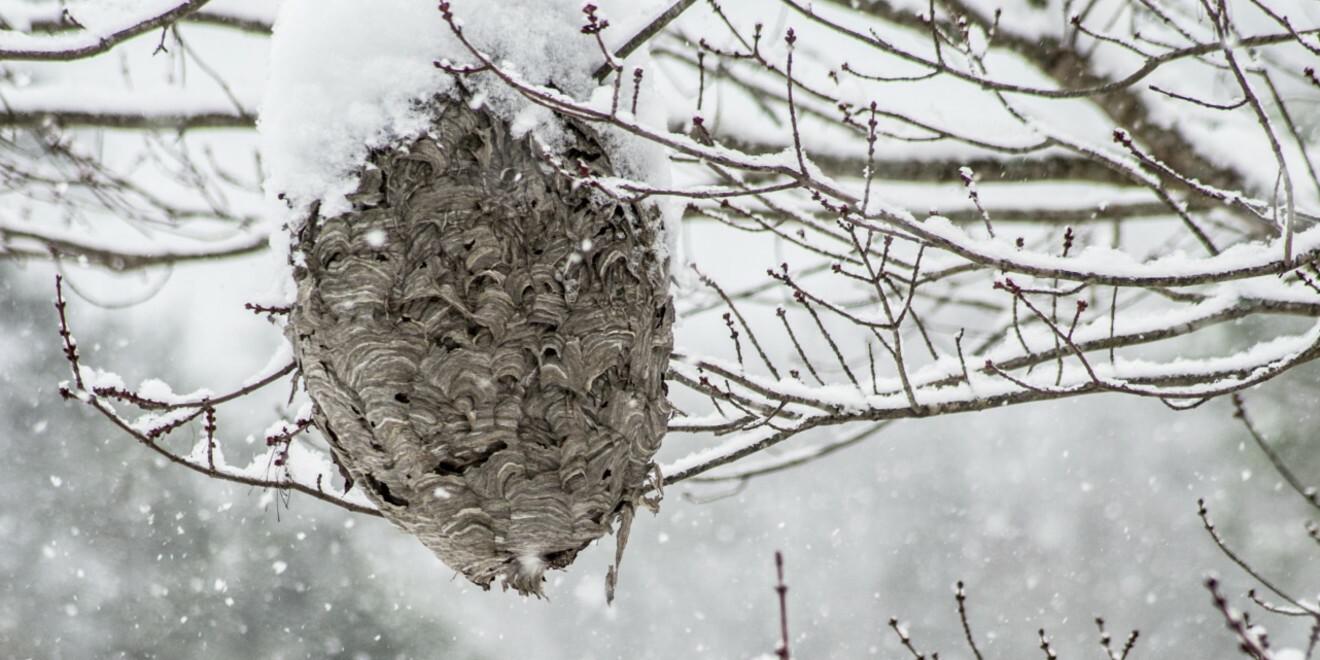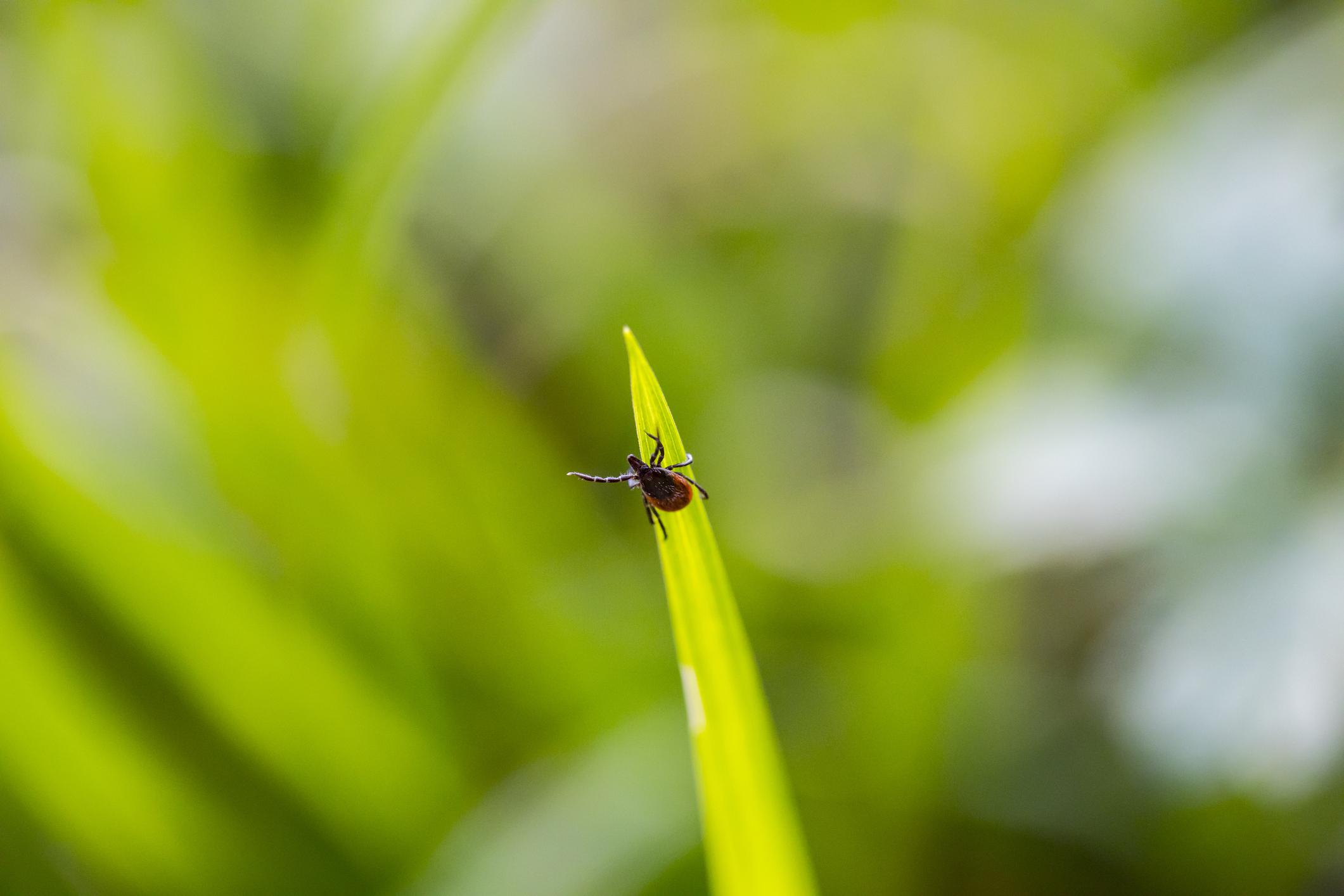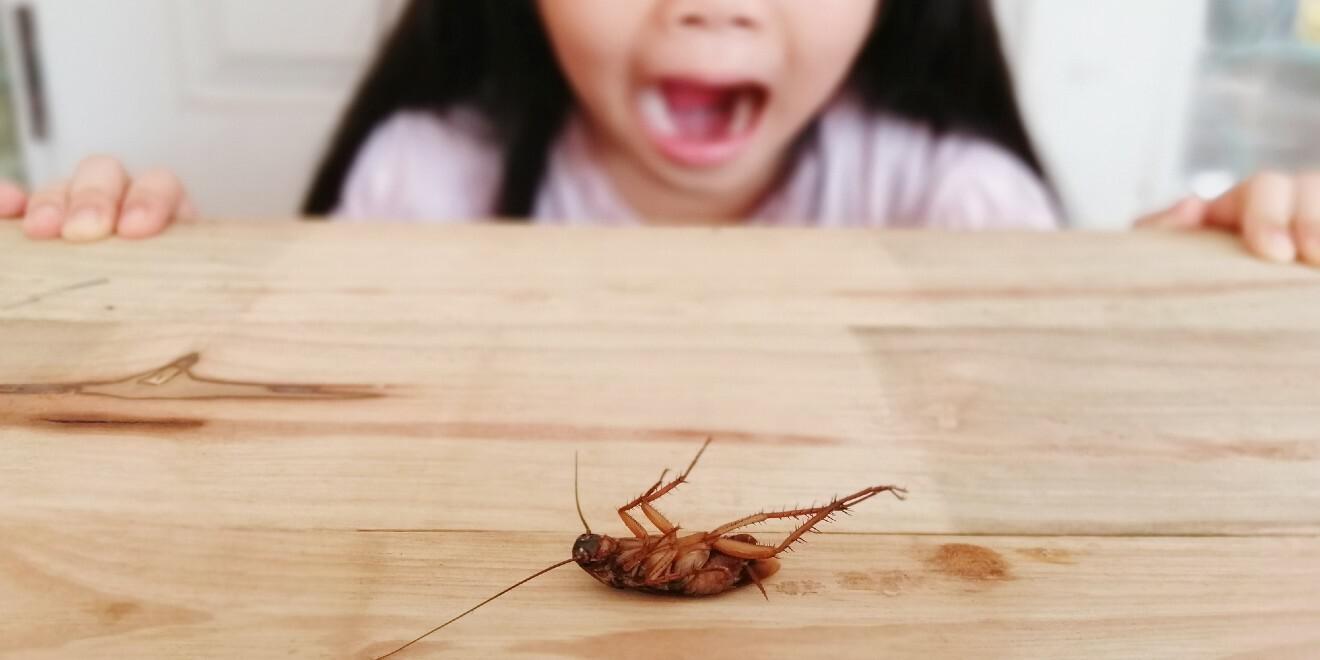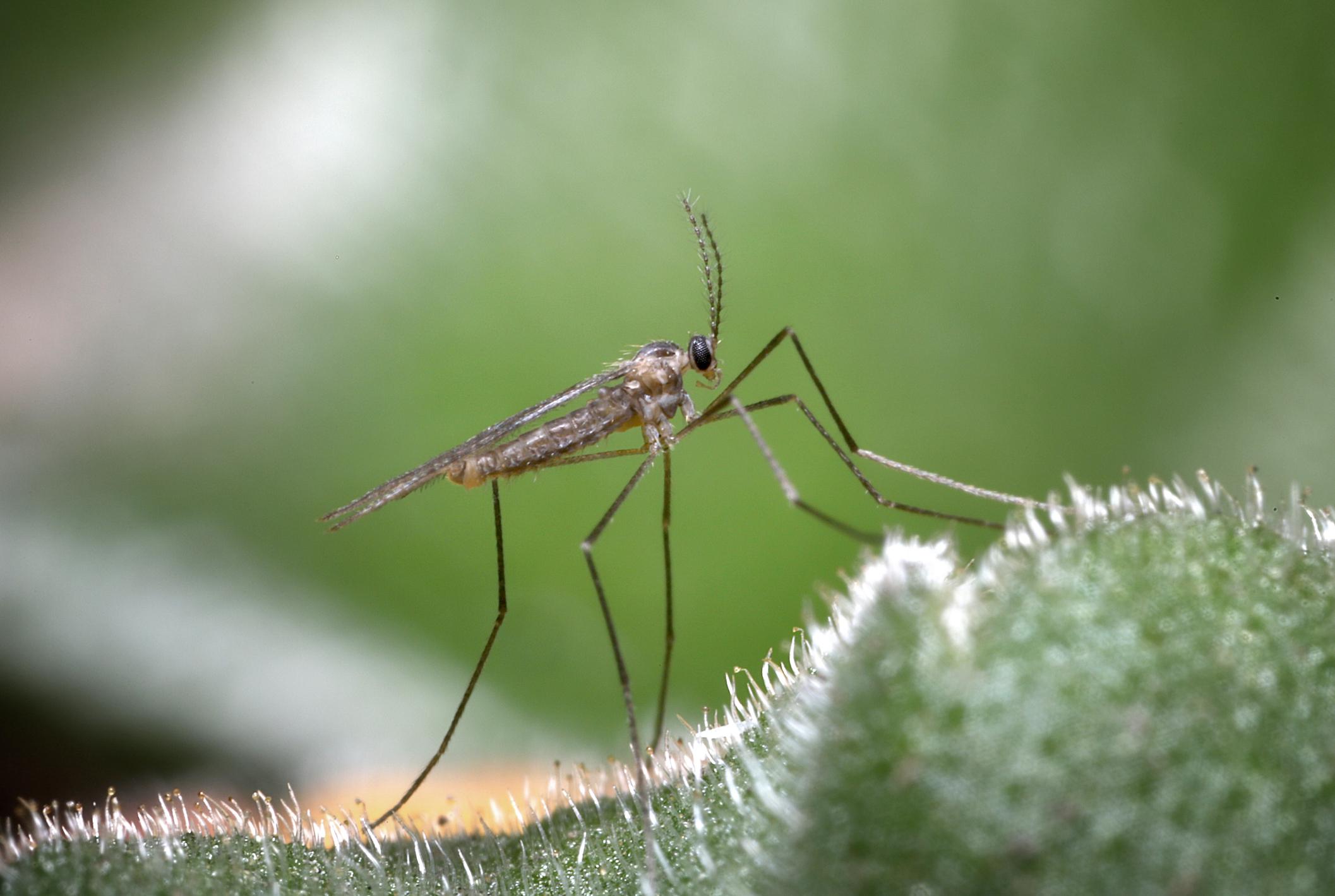The Role of Rodents in the Spread of Lyme
Posted by Mosquito Squad
December 20, 2023
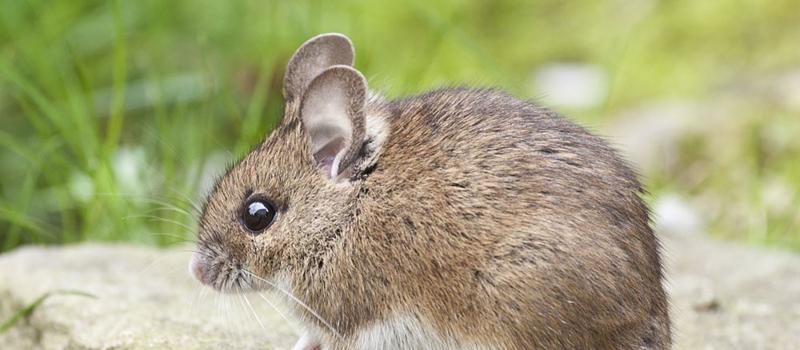
Deer get a bad rep in any discussion about Lyme disease, but they are not the only villains.
Even the tick that carries Lyme infection is often called the deer tick. The fact is deer do not contract Lyme disease and do not directly pass it on to the tick.
Which came first, the rat or the deer?
James Cagney may have coined the phrase, “You dirty rat,” in the 1932 film, Taxi, but deer should have been saying it since 1975. That was the year when Lyme disease symptoms were first linked to a bacterial infection. The bacteria were later isolated and named Borrelia burgdorferi in 1982.
If not deer, then who should get blame for Lyme disease? Rodents are the culprits! Just as rodent fleas spread black death/bubonic plague, rodents are the primary transmitters of the bacteria that cause Lyme. The white-footed mouse is the number one transmitter, as tick eggs are often found in their nests and dens. Ticks transmit the disease from infected hosts like squirrels, chipmunks and other rodents too. As a result, when newborn ticks take their first blood meal as larvae from these mice, the disease is transmitted from the rodent to a completely new clutch of ticks. Rodents are in fact responsible for transmitting many diseases to ticks. The transmission rate of a tick-borne disease from the mouse to a tick in the den is often 80-90%.
Ticks in the nymph stage go on to bite voles that in turn can now transmit Babesiosis to other ticks that bite them. Ticks with Colorado Tick Fever infect deer mice, ground squirrels, woodrats, chipmunks and porcupines. Ticks with Anaplasmosis will infect deer mice and different species of woodrats. The ability of rodents to pass on infections to insects doesn’t stop with ticks. Mosquitoes can become infected with La Crosse Encephalitis after biting Eastern chipmunks and tree squirrels. West Nile virus is transmitted to mosquitoes in a similar way through ground squirrels. In fact, the CDC recognizes 15 different infections transmitted by rodents. Some of these infections are spread to humans from inhaling the droppings and nesting debris of infected mice, like Hanta Virus.
So why do deer get the bad rep instead of the “dirty rat?” Several reasons, but it’s mainly their size. A deer can be host to thousands of adult ticks in its lifetime. They have a large amount of blood, so hundreds of ticks can partake in a blood meal at the same time from an animal the size of a deer. Scientists aren’t sure why the deer don’t show signs of being infected by any of the tick-borne diseases. It's believed the deer’s very effective and rapid immune system response prevents them from getting any of the infections ticks transmit. Adult ticks, who will soon lay eggs, need more blood than one rodent can provide them.
Since rodents transmit various tick diseases to other ticks that bite them, they are called reservoir hosts. Deer are referred to as reproductive hosts. Their role is to provide a sufficiently large blood meal that will in turn allow adult ticks to lay their clutch of 1,500 to 2,000 eggs, thereby starting the next generation. Because of the increase in the size of deer herds since the 1940’s, when stricter game laws were established to prevent the extinction of deer in the East, tick populations have increased. So, when you hear someone blame deer for the spread Lyme disease, remember it really starts with the “dirty rat.”
Rodents and deer are responsible for the spread of Lyme disease, but Mosquito Squad of Rhode Island offers effective tick protection solutions to help protect your family against potential infection. Our traditional barrier tick control will reduce the number of ticks in your yard. We also offer year-round protection with tick tubes, which target mice dens during cold weather months, where new tick eggs incubate, awaiting their springtime debut. Call us today at (401) 825-0110.

